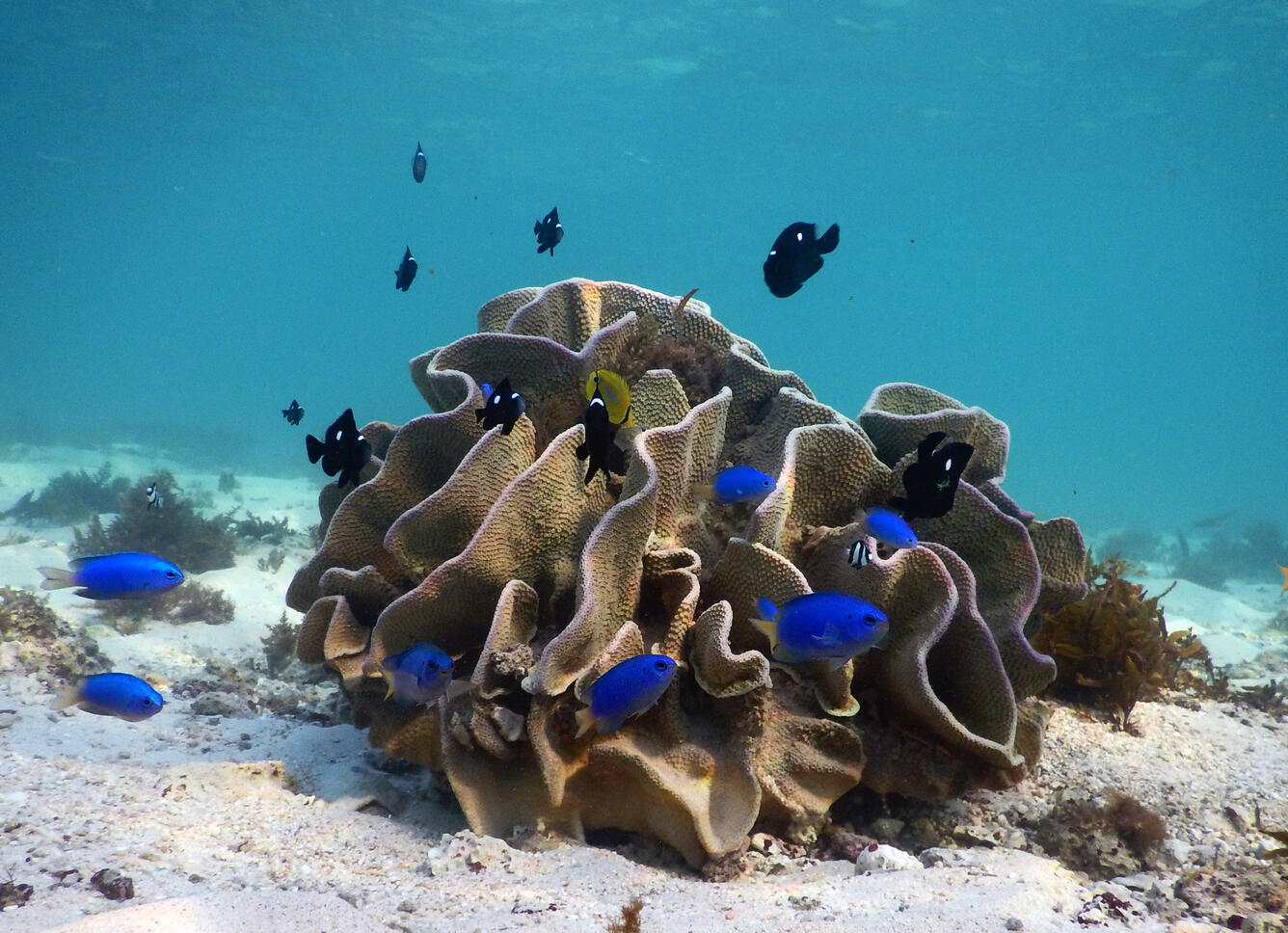Hybrid coral reef restoration: A cost-effective, nature-based solution to protect people and property
Hybrid coral reef restoration: A cost-effective, nature-based solution to protect people and propertyCoral reef restoration can protect hundreds of millions of dollars of coastal property and business activity annually from storm-driven flooding.
It can protect thousands of people, especially children, the elderly, minorities, and those below the poverty line. Thus, coral reef restoration is a mechanism to provide environmental equity.
































